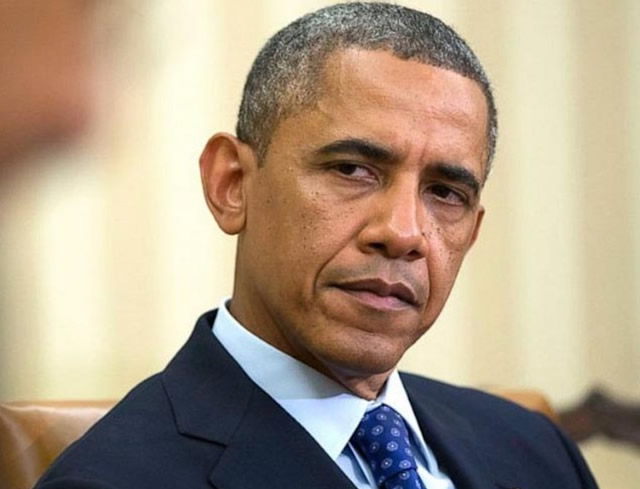Black Friday 17th anniversary

 All stories compiled by The Herald Business Desk
All stories compiled by The Herald Business Desk
Today, Zimbabwe marks the 17th anniversary of the “Black Friday”, the day when the country’s currency lost 72 percent in value against the United States dollar. On this day in 1997, the Zimbabwe dollar crushed against the US dollar, heralding the beginning of troubles for the Zimbabwean economy which lasted for more than 10 years. Seventeen years later not much has gone on and the economy has remained under strain from the events of this day.
The real causes of the “Black Friday” – when the country was half the age it is now – were mainly centred on fiscal imprudence and massive cuts in aid by multilateral institutions.
With respect to fiscal imprudence, the Government shot itself by awarding unbudgeted massive packages to war veterans.
Although it was a moral thing to do basing on political suasion, some economists believe it could have been done in a staggered and productive manner, that is, by asking the war veterans to go into various projects which the Government could then fund.
This process could also have created a positive multiplier effect which, inter-alia, includes employment creation and fiscal revenue generation, economist Dr Gift Mugano said.
Still on the unbudgeted expenditure, Dr Mugano said the participation by country in the Democratic Republic of Congo war turned out to be more costly than initially anticipated. The cuts in financial aid by multilateral organisations like the World Bank and the International Monetary Fund were “the straw that broke the camel’s back”.
These multilateral financial institutions angrily reacted to the unbudgeted expenditures by stopping financial aid immediately thereby leaving Zimbabwe’s economy in an unprecedented free-fall.
This move was so catastrophic for the economy since the country was just in the fourth stage of the Economic Structural Adjustment Programme.
For instance, the World Bank withheld about $65 million (860 billion Zim dollar) of the balance of payments support, demanding for a satisfactory plan on how the Government intended to raise the huge funds for the unbudgeted for commitments.
“ESAP was a programme sold to developing countries under the banner ‘the Washington Consensus’,” said Dr Mugano.
“The main thrust around ESAP was trade liberalisation – liberalisation of tariffs and non-tariff barriers to trade, liberalisation of domestic regulations such as exchange rate regulations and containing fiscal deficit within 5 percent of Gross Domestic Product range by cutting social ex- penditures.
“One of the necessary requirements, which were supposed to be in place to save vulnerable developing economies like Zimbabwe was aid for trade which came in the form of financial support from the International Monetary Fund and the World Bank. In my view, the departure of IMF and World Bank was very unfortunate. One can look at it as a situation of leaving a young antelope in the midst of a pride of lions.”
While the country might have been experiencing some economic challenges before this infamous “Black Friday”, many analysts believe the record decline of the local currency opened various and glaring episodes of the country’s economic challenges.
This crash set the momentum for the following economic ills such as galloping inflation which reached 231 million by June 2008, according to ZimStats, resurgence of the informal sector, fast disappearing of the formal sector and entrenched high unemployment levels as well as loss of the value of the Zimdollar which saw the printing of a one hundred trillion dollar note more than a decade later in 2009.
Inflation rate in 1997 was averaging 25 percent while the Gross Domestic Product growth for the previous year was 8 percent, according to the Reserve Bank of Zimbabwe.
By end of 2008, the sanctions-riven economy had shrunk by 40 percent while many firms had closed down.
“The crash marked the beginning of the de-industrialisation because importing equipment for retooling became so high,” said an analyst who was senior Finance Ministry official at that time.
“Prices started going up especially for things that we imported. But if we had enough stocks for exports, we could have benefited from the devaluation. Unfortunately, we did not have (production) capacity to export more products.”
Between 1998 and year 2000, there were some protests, which at most time turned violent as workers protested against the soaring cost of living, particularly food prices.
The massive drop in value of the domestic currency also created a wave of panic among foreign investors, resulting in the Zimbabwe Stock Exchange plunging about 46 percent.
“There was a bloodbath on that day,” said Mr Emmanuel Munyukwi, who was the Zimbabwe Stock Exchange chief executive at that time.
“Investors, particularly foreigners, sold their stocks because the level of depreciation was significantly affected. It took a lot of time for the market to recover but they eventually recovered.”
Feedback: email [email protected]










Comments